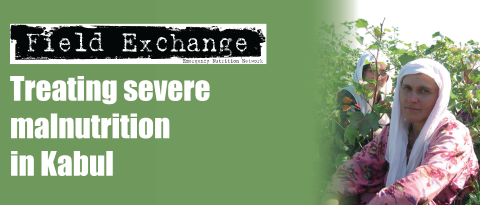Good Humanitarian Donorship Initiative
Published review1

A recent briefing paper produced by the HPG provides an overview of what has become known as the 'Good Humanitarian Donorship' (GHD) initiative. It is based on interviews with representative donor governments and stakeholders, as well as documentation emerging from the process. It highlights the main accomplishments to date, and the challenges donor governments have faced in advancing the initiative.
In June 2003, 16 OECD - Development Assistance Committee (DAC) donor governments gathered at an unprecedented meeting in Stockholm. The meeting established the foundations for good donorship in the humanitarian arena. Donor governments committed to a common set of objectives for humanitarian action, a definition of humanitarian action for further development by the OECD-DAC and a set of general principles for good donorship. They also agreed areas of good practice in humanitarian response. The meeting established an implementation Plan, and an implementation Group (IG) to oversee the changes, was formed in Geneva.
The main strands of the GHD implementation Plan are as follows;
- Donors to identify at least one crisis subject to a Consolidated Appeal (CAP) to which the Principles and Good Practice will be applied.
- Donors to invite the OECD-DAC to consider ways to strengthen the peer review process to include humanitarian action.
- Donors to explore the possibility of harmonising the reporting requirements and management demands placed on implementing humanitarian organisations.
- Donors (with the UN and OECD-DAC) to agree a comprehensive common definition of official humanitarian assistance (OHA) for reporting and statistical purposes.
- Donors to promote the wider use of the Principles and Good Practice, and to invite all interested donors to participate in the followup of the implementation Plan.
The review found that very few donor governments had developed specific action plans or frameworks to implement their GHD commitments. Thirteen donors had drafted, or were drafting, new or revised humanitarian policy frameworks. However, only three had specific legislation relating to humanitarian action. Some donors had institutionalised humanitarian principles into their policy statements, though many of these moves predate Stockholm and therefore do not reflect the commitments made to GHD.
The HPG review discusses findings with regard to shared definition of humanitarian action, formalising and communicating GHD commitments, GHD principles and policy, operationalising the Good Practice commitments and measuring progress. The review found that the majority of stakeholders would prefer a more concerted and determined effort to implement the current agenda, rather than an expanded agenda.
The review culminates with a series of recommendations aimed at inter-governmental and domestic level. For example, at inter-governmental level it is recommended to consider tabling the GHD principles and practice in the OECDDAC so that the document can be formally institutionalised and advanced amongst all OECDDAC donor governments and through a broader DAC policy mechanism. At domestic level there is a recommendation for agencies to take advantage of the opportunity GHD provides, become much firmer advocates (or critics) and develop strategies to ensure that the benefits of GHD begin to become meaningful at field level, particularly for the beneficiaries the initiative is ultimately intended to serve. A debate in a forum such as the IASC on the elements of good partnership is suggested.
1Hamer A, Cotterrell L and Stoddard A (2004): From Stockholm to Ottawa, A progress review of the Good Humanitarian Donorship initiative. HPH Research Briefing, Number 18, October 2004.
Imported from FEX website


